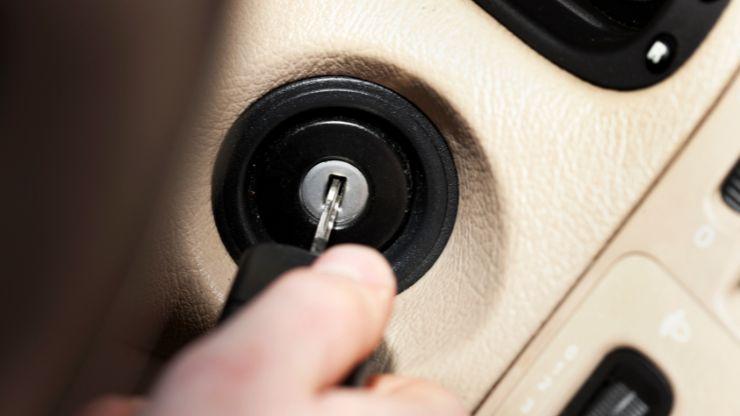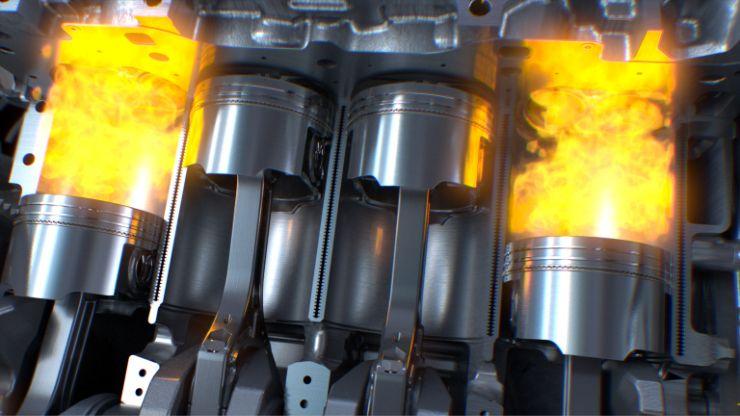Do you know the 30 second rule? This applies especially to cold starts: this is how you should use the car immediately after starting it

Especially in the winter season we always ask ourselves the same question: Can the newly started car be subjected to brutal acceleration? Modern car manufacturers assure us that today’s combustion systems no longer have the problem they once had and, at least in theory, we could immediately push without waiting for the engine to warm up properly.
A statement that actually seems to be driven more by marketing reasons than anything else and to reaffirm the superiority of its engines compared to its competitors.
Have a certain dose of caution when you turn on the machine after a long period of activity, perhaps in the morning, it is still advisable to avoid that, in the long term, a increased wear or even engine failure. Now we will find out why.
Why respect the 30 second rule when you turn on the car
Although such a risk may only seem real in winter, in reality, even in summer, caution should be exercised. The best thing to safeguard the health of the engine even in the very long term is don’t give full throttle right awaybut to start with a regular and constant speed.

Speaking of more precise numbers in the case of a diesel engine the better stay below 1800 rpm before shifting gears, while for petrol you can go up to 2000but without exaggerating.
However, the practice of keep the car stationary to give it time to warm up: first of all it would be a harmful action for the environment, secondly it would not give time and way to all the components to warm up properly, especially those that need gear to activate effectively.
There 30 second rule therefore it is not related to how long to wait before starting off with the car, but the minimum amount of time in which to maintain a constant and not too aggressive pace.
After all, if you own a latest generation car with a system Start&Stop you will have noticed how the latter deactivates automatically when all the engine components have not reached the ideal temperature.

This happens when you turn on the car after a long time period of inactivitysuch as night, and there are climatic conditions that suggest ai car sensors to temporarily deactivate the function.
In short, with modern cars it is technology that comes to our rescue and makes us understand when we can actually start pushing. With slightly older cars, on the other hand, the best thing is to use common sense and experience to understand when the car is ready to withstand a few more “snags”.



